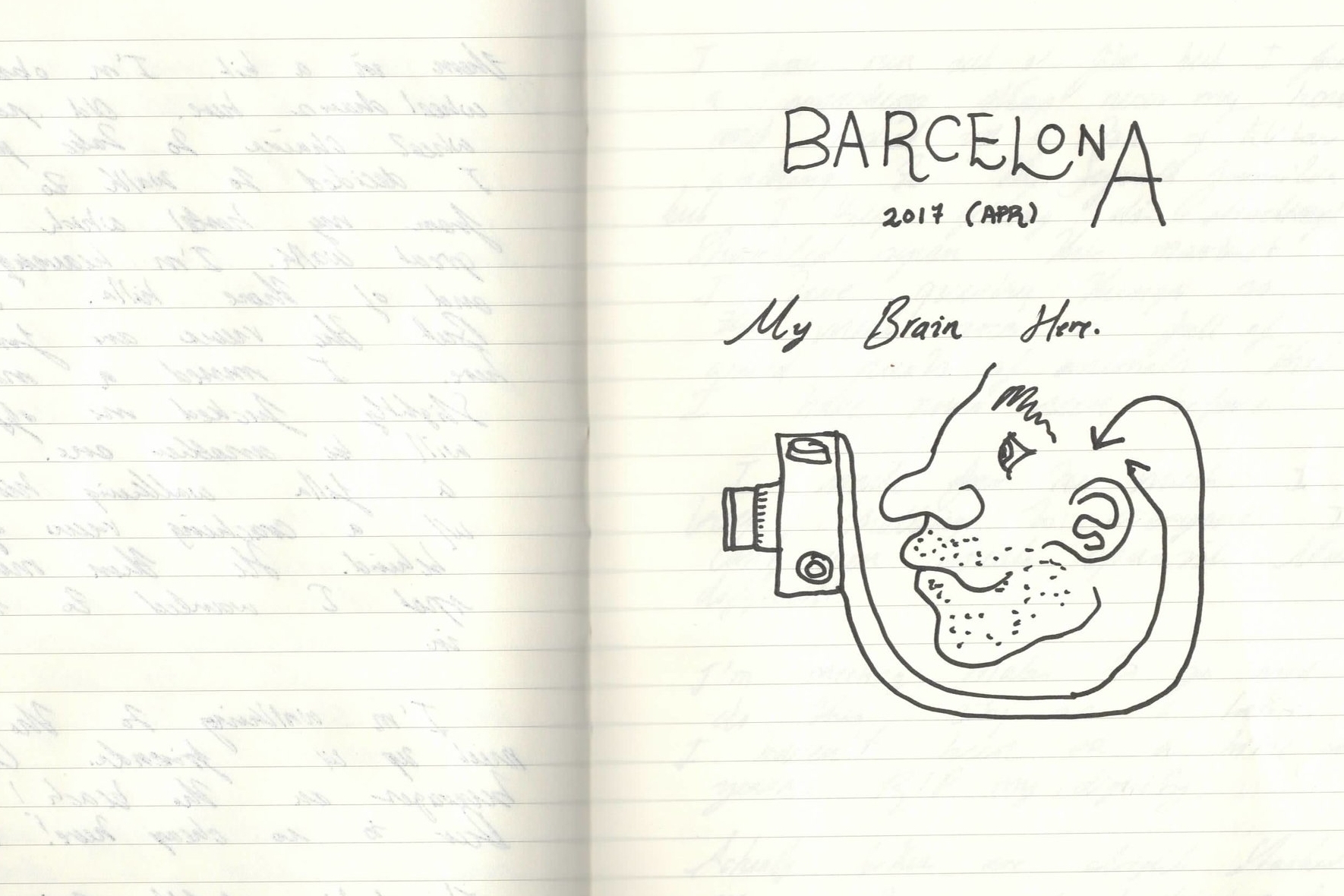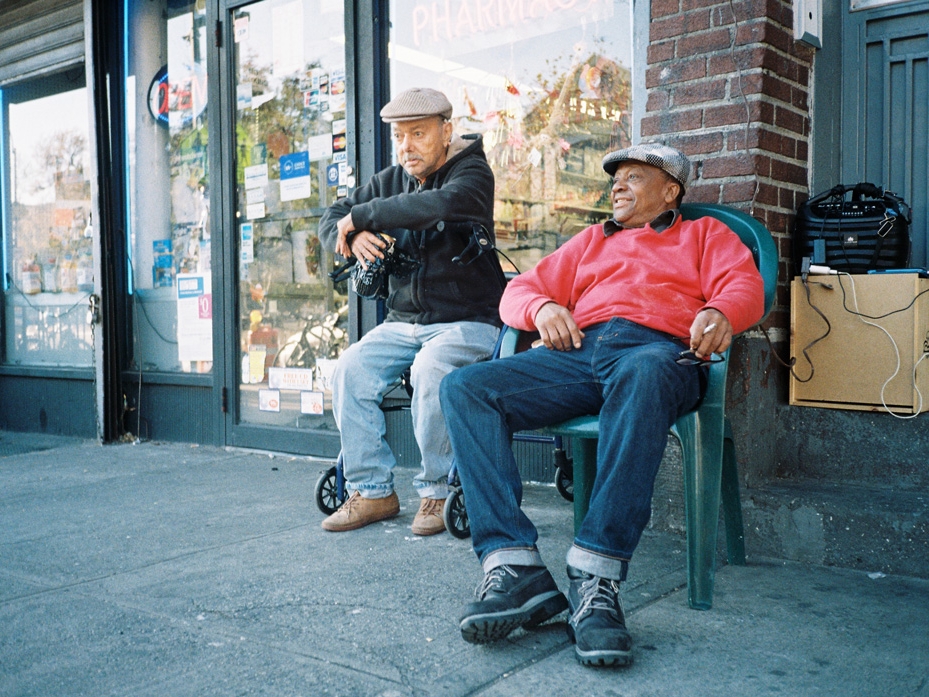Picture This: Jesse Van der Tuuk In Osijek

Picture This is a series by creatives, photographers, friends and lovers that belong to the worldwide Biancissimo family. In every episode of this series one of these talented people will take us on a visual journey of their own.
Jesse Van Der Tuuk and me know each other for a very long time and even though he always keeps it very low-key with his social media and photographic output he has always been an inspiration and support for me and the things I do. I'm very happy to finally present you some of his work and skills.
Picture This: Jesse Van der Tuuk In Osijek
I’m Jesse, live in the north of the Netherlands. I try to put out different types of work but my main creative output is photography. I picked it up around 2012 and studied film/photography from 2013-2017. This series was both my graduation and my first real big project as a photographer.
In the spring of 2017. I set out to do my photography graduation project.
Instead of a pile of work to be done, reports to fill, essays to write, I mostly saw it as an opportunity to put myself through a learning experience and do something fun. Not going to lie, it made me quite nervous. I’ve studied photography and film for 4 years but I never had the time and resources to do something like a documentary series.
Over the years I have developed a love for the countless looks and feels of architecture and documentary-style portraits. I’ve been thinking about doing a documentary series about Russia or Ukraine for a few years during my studies. I had this love for post-communist blocks of huge grey flats that are packed with people but still somehow look cold and hollow inside. Pretty much a complete opposite of what I was born and raised in.
Being off those thoughts for a while, in the summer of 2016, my internet friend Robert Sorić from Darda, Croatia came over to Amsterdam to hang out with me and my then-girlfriend. Robert takes good photographs himself and as he was showing me pictures of his small town, I realized it looks totally different than what I can imagine when I think about Croatia.
Croatia. Say it out loud, it even sounds kind of weird. The country is known for its long white beaches and harbour towns on the seaside. It’s where your neighbours go on holiday. Often advertised are various Music festivals to which the upper-middle-class youth of Western Europe takes a RyanAir flight to party out their guts. Having conversations with Robert about the history of his country made me feel different about the whole picture.
The country went through a civil war from 1990 until 1995, following the break-up of Yugoslavia, a socialist country which was made up of Slovenia, Croatia, Bosnia & Herzegovina, Serbia and Macedonia. Osijek and Darda are close to the Serbian border so they got hit pretty hard in the war. Not only that but a chunk of the population was ethnically Serbian at the start of the war (among other nationalities that Yugoslavia consisted of). It caused a lot of tension among citizens. I’ve heard stories of people not talking to each other, cutting off lifelong friendships. I’ve heard stories of armed citizens coming to check a neighbourhood house for weapons and their kids go to school together now. This work is not about that though, you could consider this paragraph as some additional context (if the bullet holes aren’t enough).
I arrived in Zagreb in March with an empty head, I’d say, feeling a little overwhelmed with the freedom I had to get things done. Well written concepts or mood boards don’t really work for me but I always have a general blueprint in my mind of how things should work, how things should be done. This feeling persisted for a few days and it took some getting used to. I went out every single day to see a different neighbourhood of the city of Osijek (and possibly get some fruit from the market). Often, I would chat up some people to pick up on information that could help me with my work. You could say the project really got shaped into what it is over time, the time I spent by myself and with my friends: wandering and experiencing rather than writing things down.
One of my main focuses while creating the collection was very simple, maybe even too obvious. The pictures I take have to tell a story together. Like pieces of a puzzle, they slowly join and where they don’t, your imagination fills in the gaps. The project is a thing of itself: personal and from my perspective.
For example, the kid on the hoverboard. The hoverboard being this technology fad upper-class people’s children might have but it finds itself in a surrounding where the electricity cables are above the ground. You don't see that a lot in Europe anymore. Some of the newly-built houses there don’t have finished facades either (they have been like that for a while, the people just aren’t bothered, I asked). Or, a “castle” I found 2 streets from where I took the photo of the kid. A recently built castle, but it was left unfinished. The people told me the owners didn’t have the finances to finish it because of some bad financial planning.
In a lot of ways, the work is more about contrast and the surreality that is the countryside of Croatia. This doesn't exclude anything, that same surreality that I wanted to capture is found in a portrait, a building or a scene, I value it equally, as it’s ever-present. In some way, I don’t have control over it (mostly with photographs of people, less so with buildings). I have to be in the right place and time to take the photograph. So, walking around cities works for this kind of project. You see things and get yourself into situations.
I only realized this until I was editing the photographs, but the portraits mainly consist of older people, people from a different generation. Being into “youth” culture and photographers like Ari Marcopoulos, I thought I would end up with some of that type of content in there but it only makes sense if it is like this. See, the young people in Croatia weren't that rebellious in my eyes. The older generations are the ones that had to rebel.






